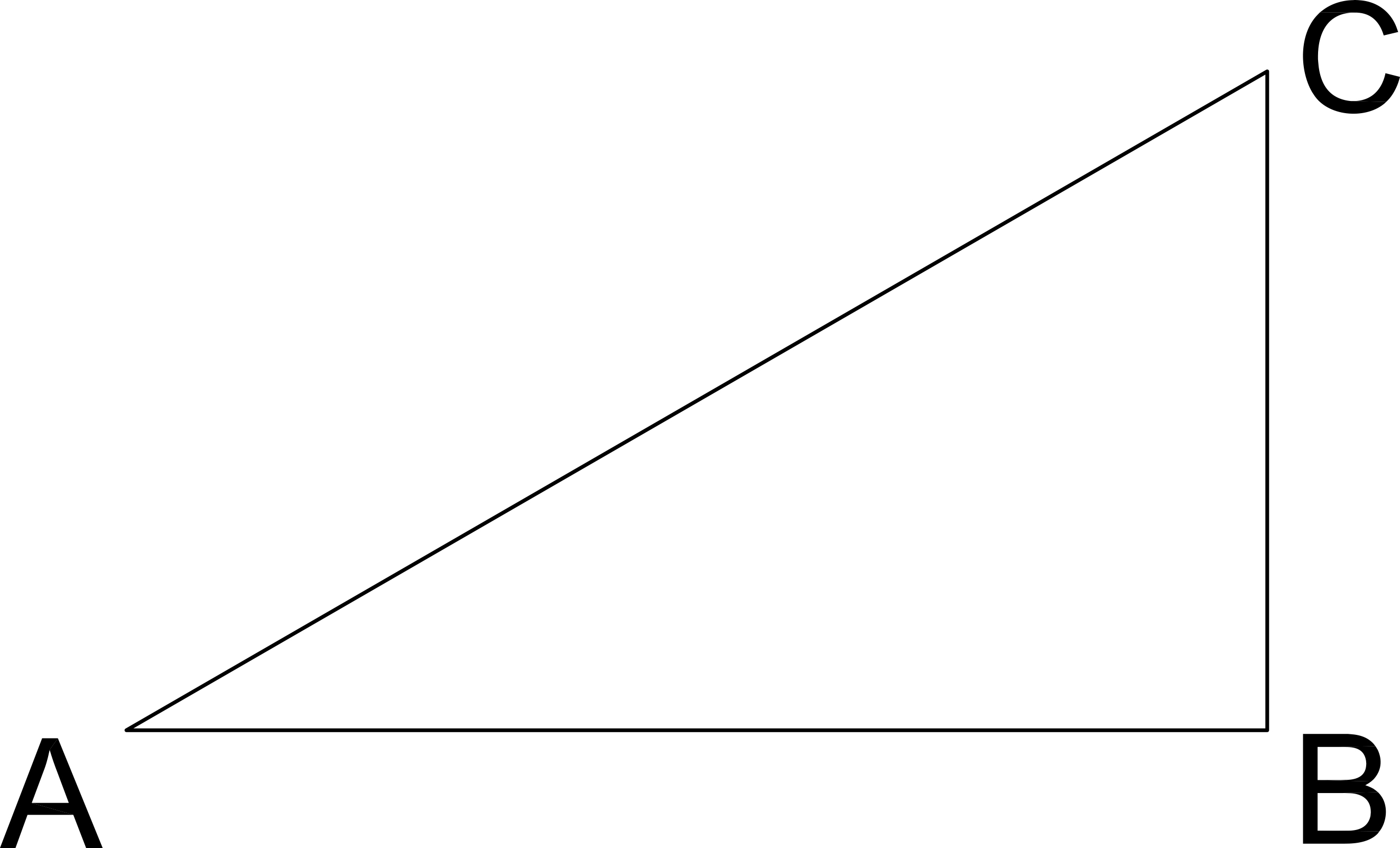How to find the sine of an angle - ACT Math
Card 0 of 7
A sine function has a period of  , a
, a  -intercept of
-intercept of  , an amplitude of
, an amplitude of  and no phase shift. These describe which of these equations?
and no phase shift. These describe which of these equations?
A sine function has a period of 



Looking at this form of a sine function:

We can draw the following conclusions:
 because the amplitude is specified as
because the amplitude is specified as  .
. because of the specified period of
because of the specified period of  since
since  .
. because the problem specifies there is no phase shift.
because the problem specifies there is no phase shift. because the
because the  -intercept of a sine function with no phase shift is
-intercept of a sine function with no phase shift is  .
.
Bearing these in mind,  is the only function that fits all four of those.
is the only function that fits all four of those.
Looking at this form of a sine function:
We can draw the following conclusions:
because the amplitude is specified as
.
because of the specified period of
since
.
because the problem specifies there is no phase shift.
because the
-intercept of a sine function with no phase shift is
.
Bearing these in mind, 
Compare your answer with the correct one above
Solve for  over the interval
over the interval 
Solve for 
Substitute x = sinQ and solve the new equation x2 + 3x = –2 by factoring. Be sure to change variables back to Q. As a result, sinQ = –1 or sinQ = –2. This function is bounded between –1 and 1 so sinQ can never be –2 and sinQ is –1 only at 3π/2 or 270 °.
Substitute x = sinQ and solve the new equation x2 + 3x = –2 by factoring. Be sure to change variables back to Q. As a result, sinQ = –1 or sinQ = –2. This function is bounded between –1 and 1 so sinQ can never be –2 and sinQ is –1 only at 3π/2 or 270 °.
Compare your answer with the correct one above

See right triangle ABC. If the length AB is 8 and the length of BC is 6, what is the sine of angle A?

See right triangle ABC. If the length AB is 8 and the length of BC is 6, what is the sine of angle A?
Sine A = Opposite / Hypotenuse = BC / AC
To find AC, use Pythagorean Theorum
AB2 + BC2 = AC2
82 + 62 = AC2
64 + 36 = AC2
100 = AC2
AC = 10
Sine A = BC / AC = 6 / 10 = 0.6
Sine A = Opposite / Hypotenuse = BC / AC
To find AC, use Pythagorean Theorum
AB2 + BC2 = AC2
82 + 62 = AC2
64 + 36 = AC2
100 = AC2
AC = 10
Sine A = BC / AC = 6 / 10 = 0.6
Compare your answer with the correct one above

Triangle  shown is a right triangle. If line
shown is a right triangle. If line  and line
and line  , what is the sine of the angle at
, what is the sine of the angle at  ?
?

Triangle 




Now solve for  using Pythagorean Theorem:
using Pythagorean Theorem:






Now solve for 
Compare your answer with the correct one above

What is the sine of  ?
?

What is the sine of 
Sine can be found using the SOH CAH TOA method. For sine we do  .
.
Sine can be found using the SOH CAH TOA method. For sine we do 
Compare your answer with the correct one above
If  , and if
, and if  is an angle between
is an angle between  and
and  degrees, which of the following equals
degrees, which of the following equals  ?
?
If 




An angle between  and
and  degrees means that the angle is located in the second quadrant.
degrees means that the angle is located in the second quadrant.
The tangent function is derived from taking the side opposite to the angle and dividing by the side adjacent to the angle ( , as shown in the image).
, as shown in the image).

Hence, the side  is
is  units long and side
units long and side  is
is  units high. Therefore, according to Pythagorean Theorem rules, the side
units high. Therefore, according to Pythagorean Theorem rules, the side  must be
must be  units long (since
units long (since  ).
).
The sine function is positive in the second quadrant. It is also equivalent to the side opposite the angle ( ) divided by the hypotenuse (
) divided by the hypotenuse ( ).
).
This makes  .
.
An angle between 

The tangent function is derived from taking the side opposite to the angle and dividing by the side adjacent to the angle (

Hence, the side 






The sine function is positive in the second quadrant. It is also equivalent to the side opposite the angle (

This makes 
Compare your answer with the correct one above

 ,
,  , and
, and  , what is the sine of
, what is the sine of  ?
? is the opposite side needed and
is the opposite side needed and  is the hypotenuse. Plug these values in to solve.
is the hypotenuse. Plug these values in to solve.